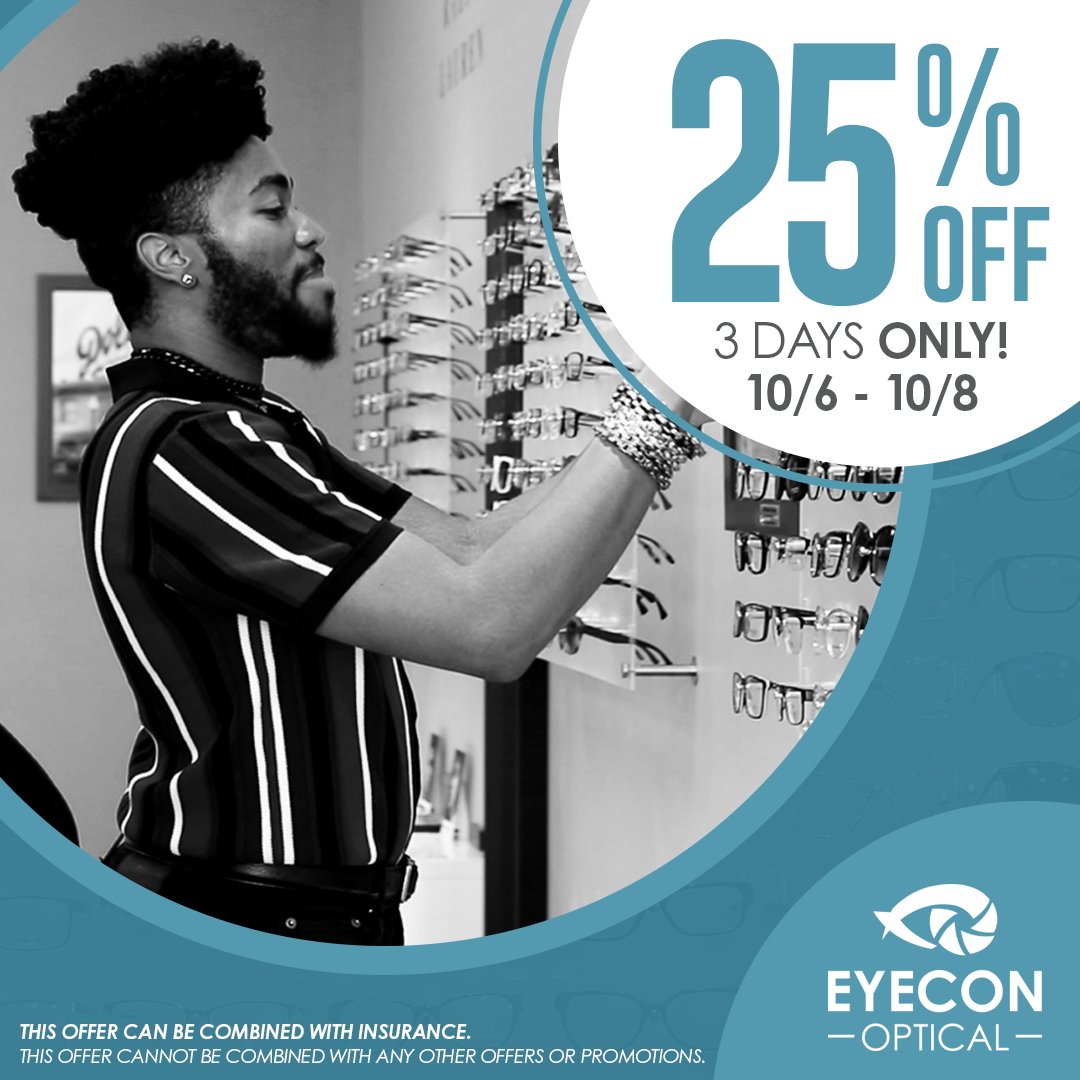Refractive Conditions

Refractive conditions/errors in eyes like nearsightedness and farsightedness occur because of an imperfection in the curvature of your eye, causing light refracted by the cornea and lens to not focus directly on the retina, creating slightly distorted vision.
Types
Nearsightedness, or myopia, occurs when the curvature of the eye and cornea is shaped too steeply, causing light to focus more in front of the retina. This makes it easier to see things up close, but far away items are difficult to see.
Farsightedness, or hyperopia, occurs when the curvature of the eye and cornea is too flat, causing light to focus behind the retina rather than on it. This causes far away objects to be seen clearly while close-up objects are difficult to focus on.
Astigmatism occurs when the cornea is an irregular shape, like an egg, causing light to be focused on multiple different places. This causes unfocused vision that affects distance and near vision.
Presbyopia occurs when the lens in your eye begins to lose its flexibility, making it harder to focus on close objects. This naturally occurs with age and is the reason many feel the need to hold something farther away from themselves to focus on it.

